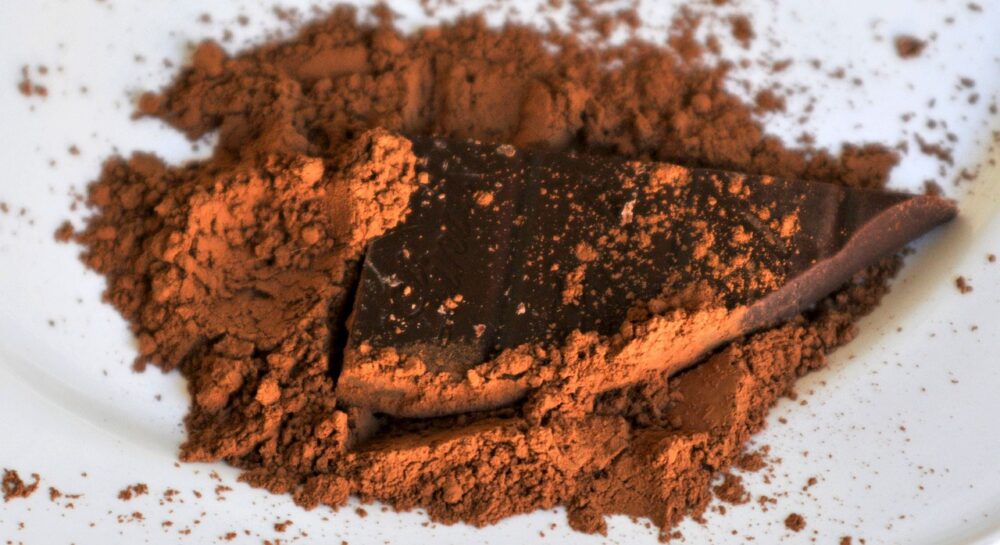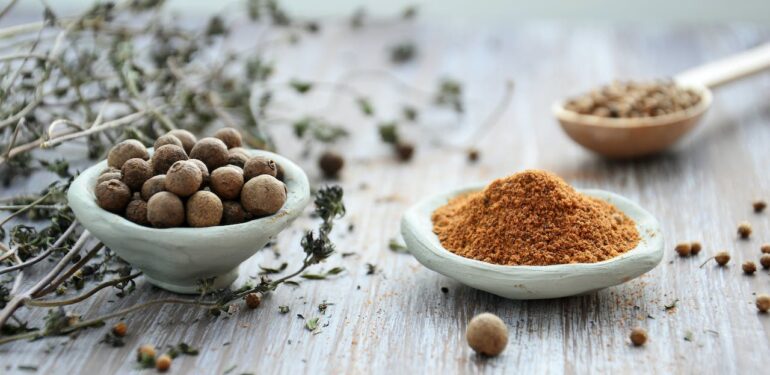When it comes to creating mouthwatering desserts, the quality of cocoa powder you use can make all the difference. Cocoa powder not only adds the rich flavour of chocolate but also contributes to the colour and texture of your sweet creations. Whether you’re whipping up a decadent chocolate cake, smooth and silky mousse, or a batch of fudgy brownies, selecting the right cocoa powder is crucial. In this guide, we’ll explore the nuances of cocoa powder varieties, from natural to Dutch-processed, and share tips on how to choose the best cocoa powder to elevate your desserts to new levels of chocolatey bliss.
The Chocolate Matters
When choosing cocoa powder, it’s essential to consider the type of chocolate flavour you desire in your desserts. Natural cocoa powder, made from roasted and ground cocoa beans without any added alkalizing agent, tends to have a sharper, more acidic chocolate flavour. Cocoa from premium crafted chocolate beans is often milder and fruitier. On the other hand, Dutch-processed cocoa powder has been treated with alkalizing agents to reduce acidity, resulting in a more mellow and earthy flavour.
Cocoa Powder Composition
Understanding the composition of cocoa powder will help you make an informed decision when selecting it for your recipes. The key component is the cocoa solids, which are responsible for the rich taste and colour. A higher percentage of cocoa solids usually translates to a more intense chocolate flavour and a darker hue. Cocoa powder also contains a certain amount of cocoa butter, which adds to the smoothness and richness of desserts, although it’s present in much lower quantities than in chocolate bars. When comparing labels, take note of the fat content; a higher fat content often indicates a richer powder that will impart a more luxurious texture to your treats.
Quality Indicators
To assess the quality of the cocoa powder, one must look beyond the flavour profile and composition. The origins of the cocoa beans, such as the country and the type of plantation, contribute significantly to the overall taste and quality. Beans from different regions offer distinct flavours; for example, South American beans might have notes of fruit and nuts, while African beans generally yield a stronger, more robust flavour.
Another quality indicator is the processing method employed; cocoa powder that has been processed at lower temperatures tends to retain more of the cocoa beans’ natural antioxidants and flavour nuances. Finally, certifications like Fair Trade and Organic not only speak to ethical and sustainable farming practices but can also hint at superior bean quality due to the stringent standards required for these labels. When you invest in high-quality cocoa powder, your desserts will not just taste better, they will also resonate with the discerning palates of those who appreciate the art of fine chocolate making.
Cocoa Bean Origins
The terroir, or the environment in which cocoa beans grow, heavily influences their flavour profiles. Beans harvested from the volcanic soils of Central America may impart a distinctive, almost spicy chocolate flavour, while the coastal regions of West Africa can produce beans with robust, classic chocolate notes. Understanding these origins is critical when selecting cocoa powder, as it allows bakers and chocolate aficionados to pair the right taste with their desired dessert outcome.
Equatorial climates are particularly conducive to cacao cultivation, providing the heat and humidity that these crops require to thrive. Look for packaging that highlights the bean origins, and consider how that might complement the flavours in your recipe. For intricate desserts where chocolate is the star ingredient, opting for single-origin cocoa powder can bring a nuanced complexity that elevates the overall experience.

Alkalization Process
The alkalization process, also known as Dutch processing, is a key factor in determining the flavour and colour of cocoa powder. This method involves washing the cocoa beans in an alkaline solution, which neutralizes their natural acids. As a result, Dutch-processed cocoa becomes less bitter and exhibits a smoother, more mellow chocolate flavour, making it particularly suitable for recipes that require a gentle cocoa taste.
This processing also makes the cocoa powder darker, giving desserts a rich, warm brown colour. When baking, it’s important to recognize that the alkalization affects the pH balance of the cocoa powder; thus, it may react differently with leavening agents than natural cocoa powder. Ensuring that your baking recipe is compatible with the type of cocoa powder you choose will help achieve the desired texture and rise in your finished desserts.
Selecting the right cocoa powder for your desserts involves considering various factors, such as flavour profile, composition, quality indicators, origins of the beans, and processing methods. Experiment with different varieties to find your favourite, and consider using a combination of natural and Dutch-processed cocoa powders for complex flavours in your baked goods. With the perfect cocoa powder in hand, you’ll be able to create indulgent treats that will leave your taste buds singing with delight.


